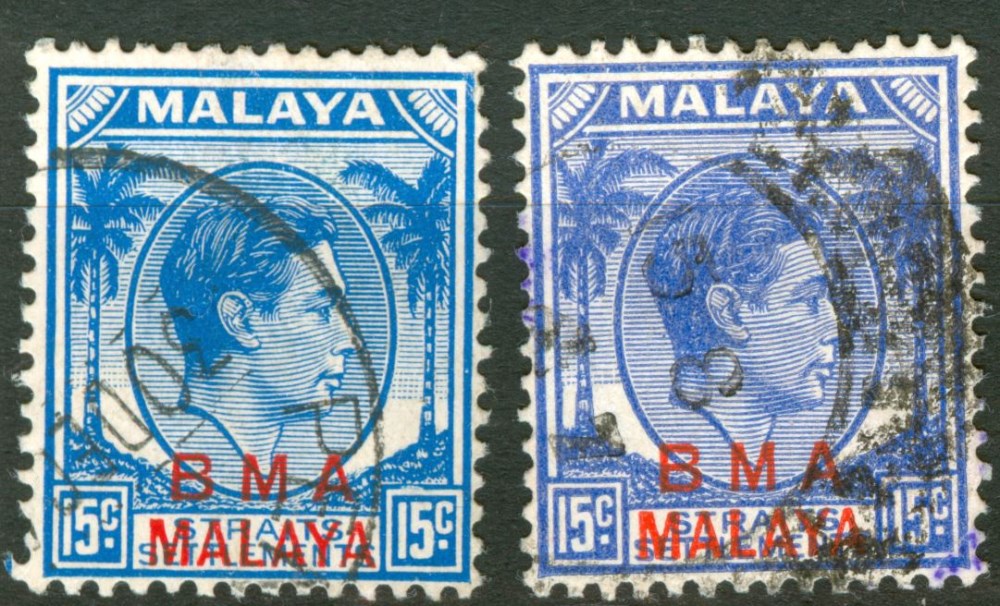
indirect typo; coated paper:
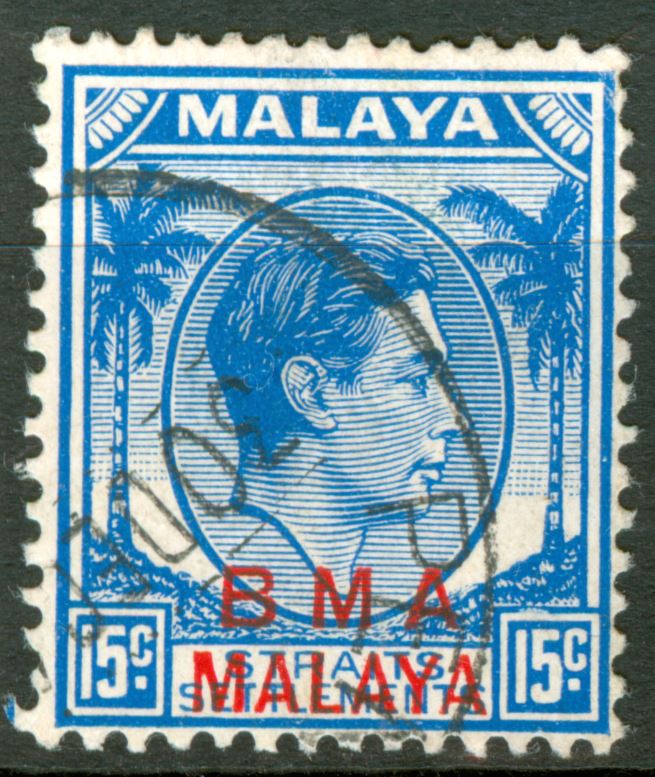
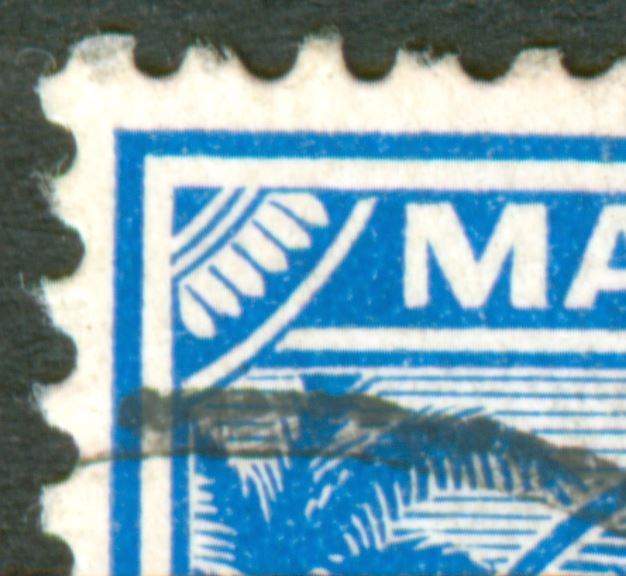
direct typo; coated paper with no or hardly any pit; called by most "ordinary paper":
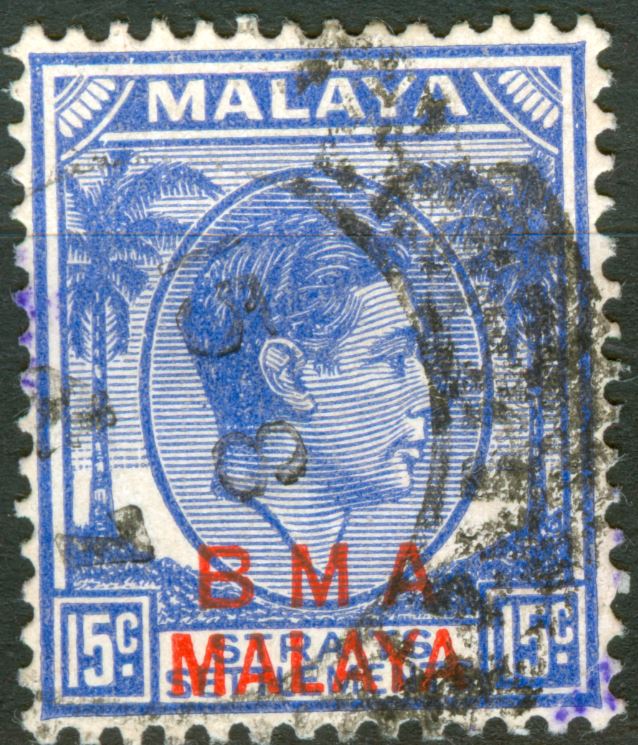
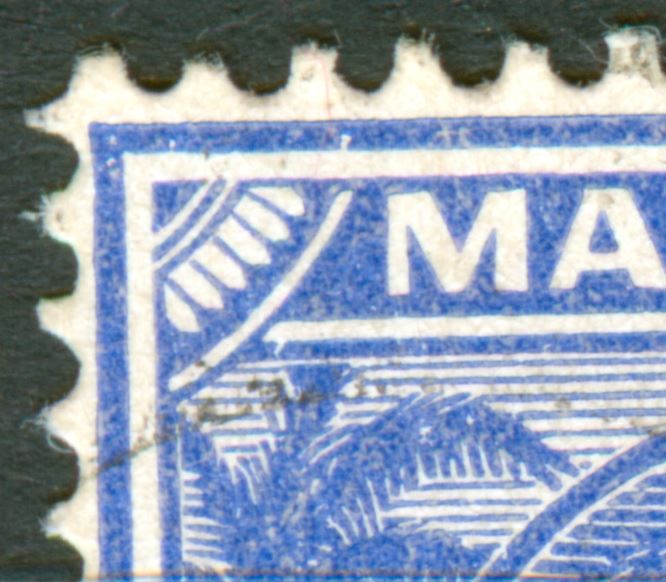
to be continued ...
Moderador: Rein








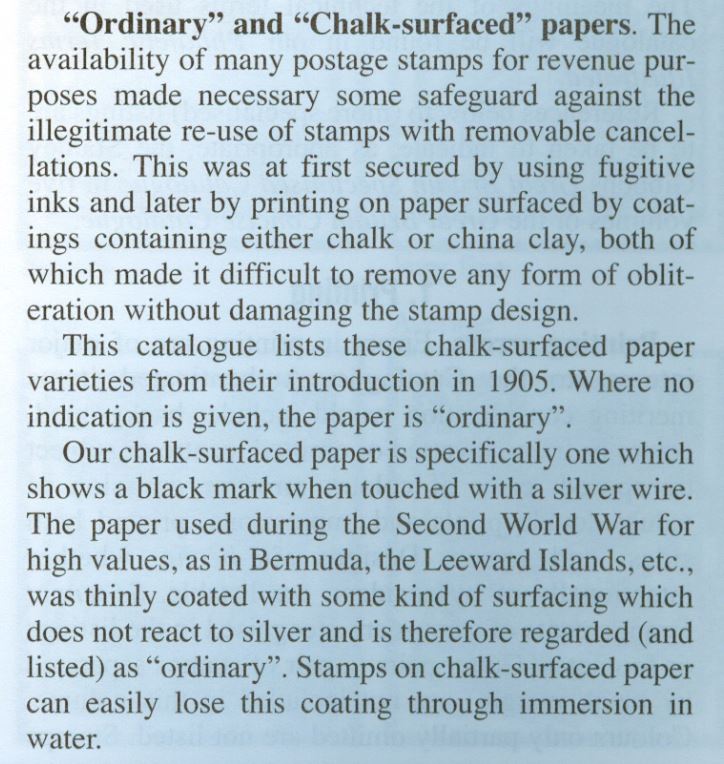
The paper used during the Second World War for high values, as in Bermuda, the Leeward Islands, etc., was thinly coated with some kind of surfacing which does not react to silver and is therefore regarded (and listed) as "ordinary".

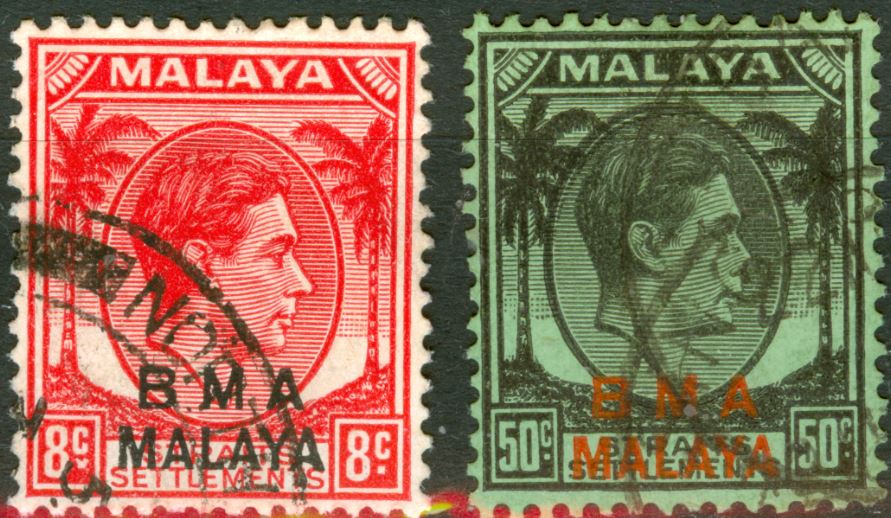
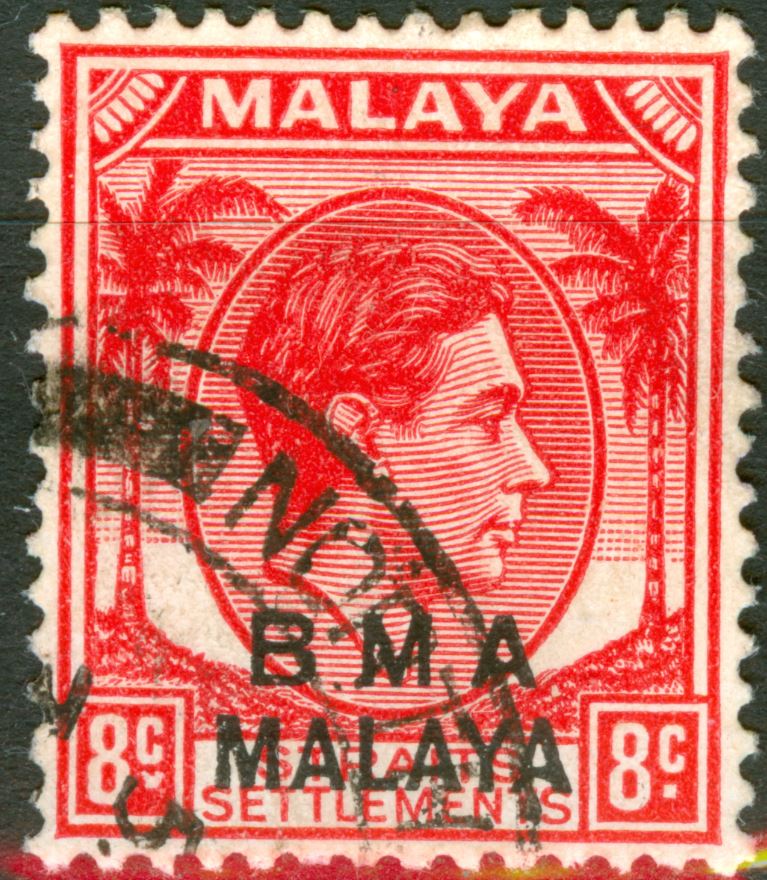
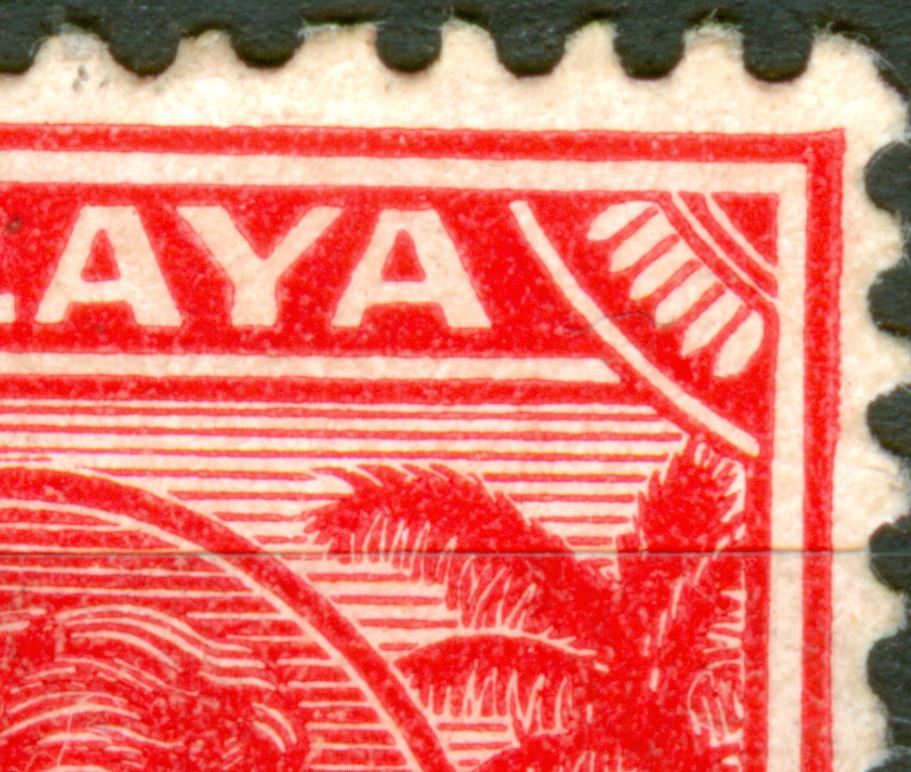
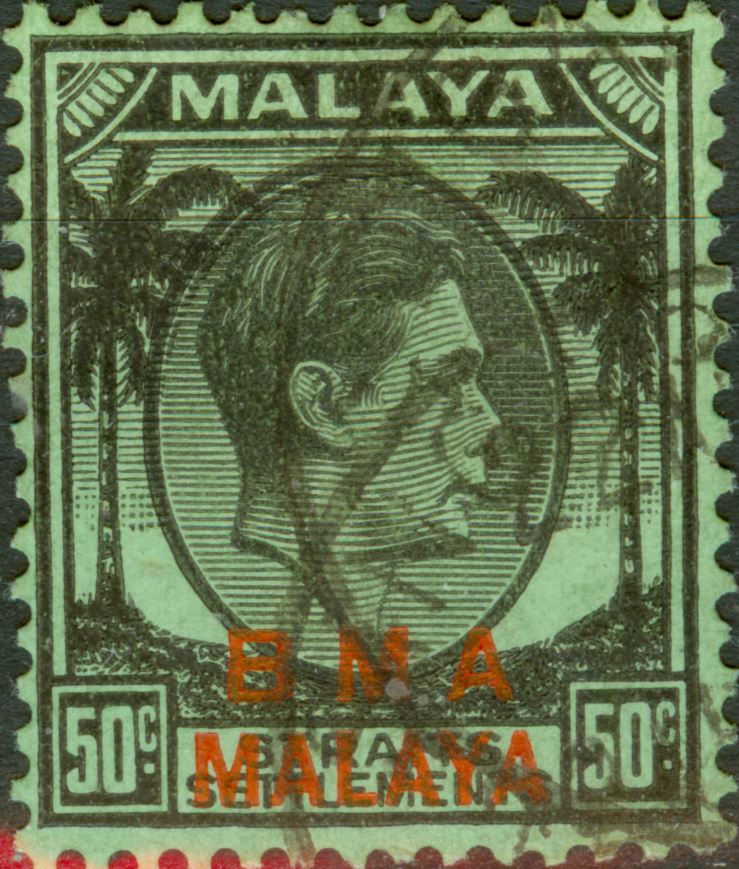
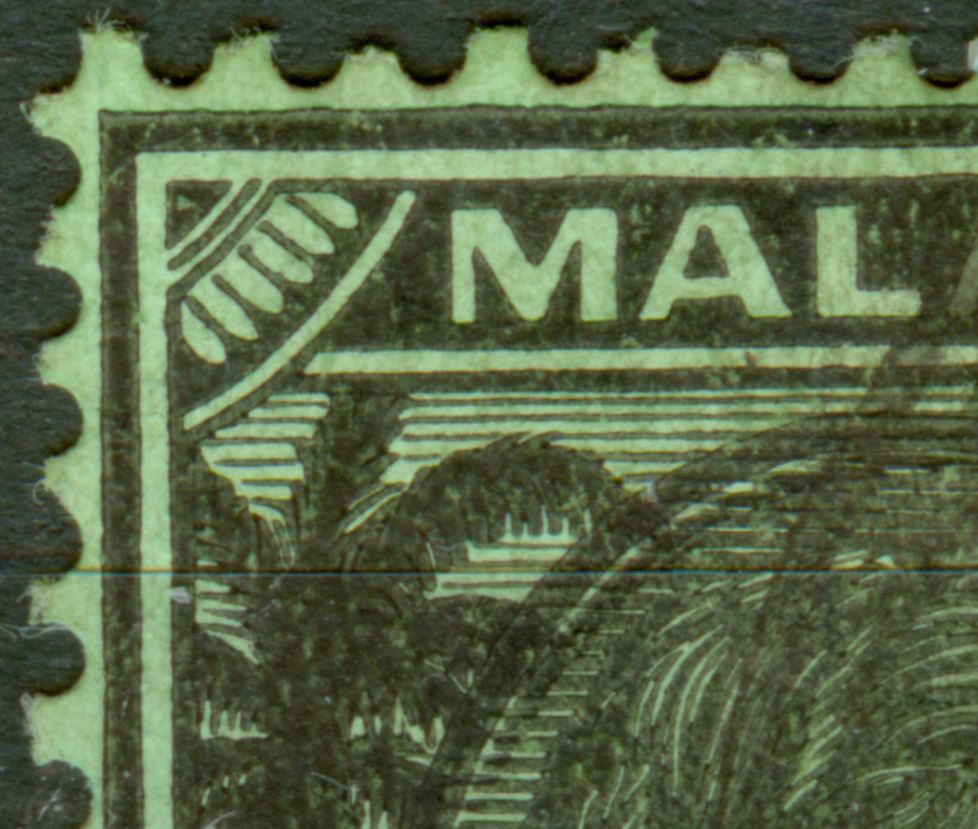

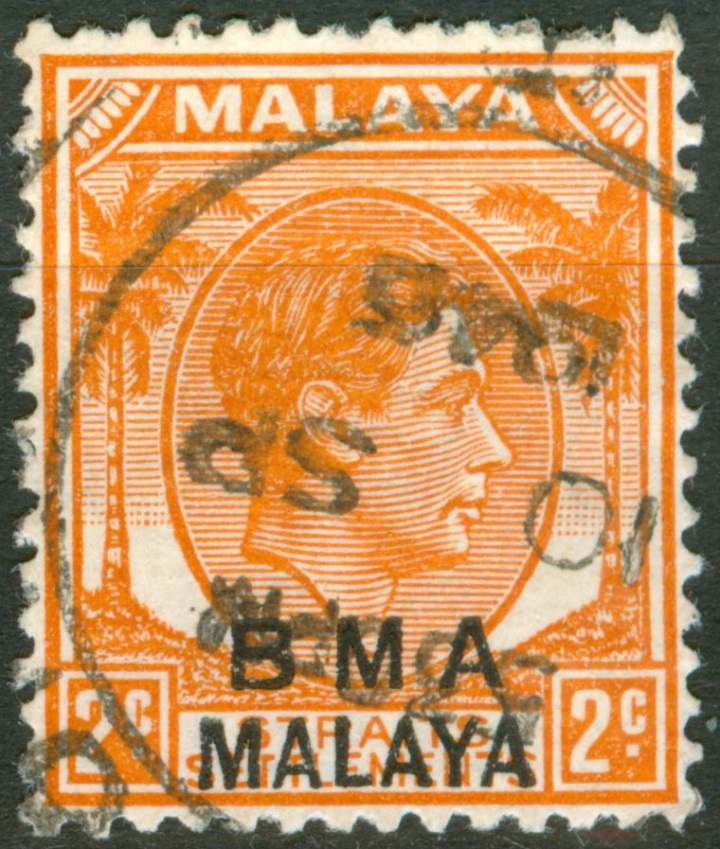
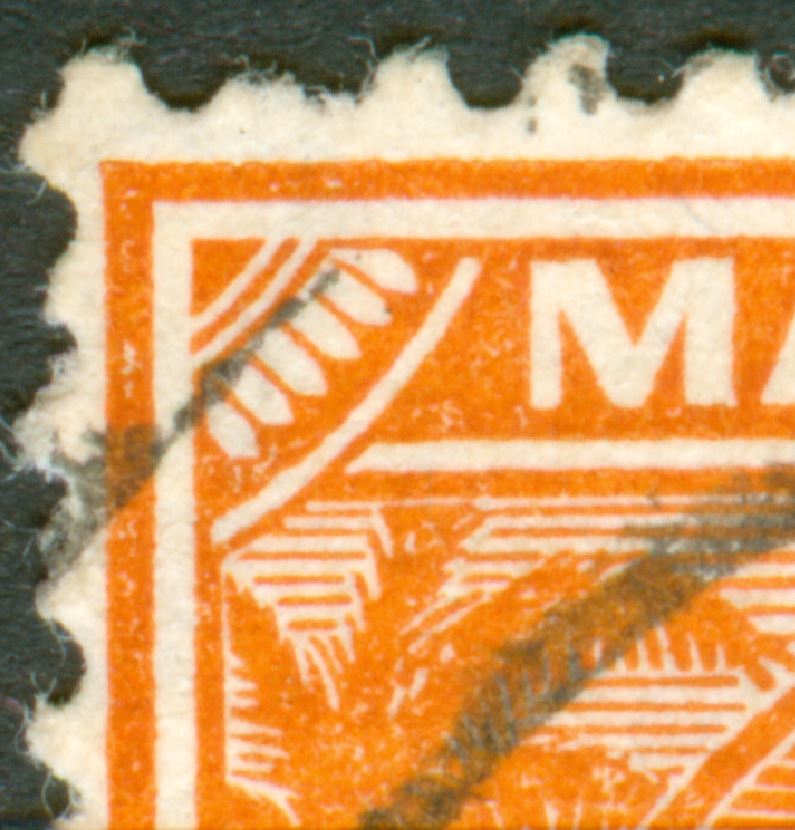
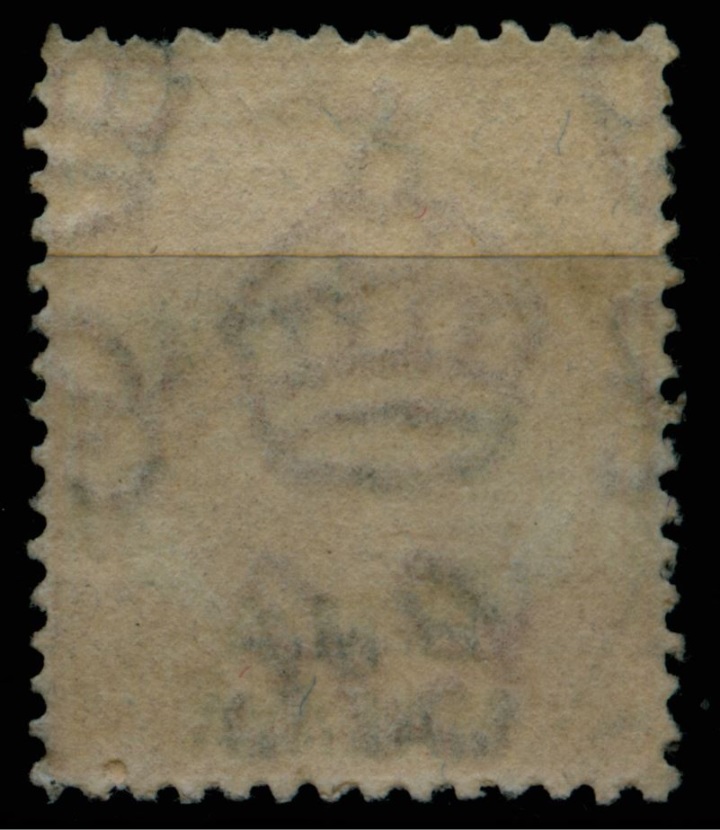

Quite a selection!!el estucado por cuchilla de aire (técnica) · das Luftrakelstreichverfahren (Technik) ...
http://www.freepatentsonline.com/DE10323460A1.html
http://www.cep-plasticos.com/es/diccion ... =&page=4007. Verfahren zur Herstellung des Laminats
Das Laminat gemäß der vorliegenden Erfindung kann durch Verteilung und Trocknung einer Harzlösungszusammensetzung auf Polysulfon-Basis auf einem Basisfilm hergestellt werden. Sie kann beispielsweise durch Walzenbeschichtung, Sprühbeschichtung, Schmelzbeschichtung, Rakelstreichverfahren, Luftrakelstreichverfahren oder Drahtbarrenbeschichtung verteilt werden.
Recubrimiento por cuchilla al aire - Coating, air knife - Enduction à la râcle à l'air - Luftrakel streich-maschine
Este proceso es especialmente recomendable para finos recubrimientos sobre plástico, metal, papel, etc., para obtener una película adhesiva.
Recubrimiento por electrodeposición - Electrodeposition coating - Revêtement par électrodeposition - Elektrotauch anstrich
La precipitación de un material sobre un electrodo, como resultado del paso de una corriente eléctrica a través de una solución o suspensión del material, por ejemplo, películas de plástico sobre un metal, etc. El electrodo tiene la forma del producto deseado. A este proceso se le conoce también con el nombre de electrodeposición.
Recubrimiento por extensión - Spread coating - Revetement par nappage - Streichen
En este proceso el material (película, lámina, etc.) para ser recubierta pasa sobre un cilindro y bajo una larga hoja o cuchilla. El compuesto plástico de recubrimiento se sitúa sobre el material exactamente delante de la cuchilla y es extendido sobre el material. El espesor del recubrimiento es controlado por la velocidad del material que pasa bajo la cuchilla y por la posición y espacio de la cuchilla sobre el material. Sinon: recubrimiento por cuchilla.
Recubrimiento por extrusión
Extrusora, recubrimiento, película, lámina
Recubrimiento por fluido - Flow coating - Enduction coulant - Fluten
Proceso de recubrir un producto a causa del deslizamiento del fluido sobre su superficie y permitiendo su drenaje.
Recubrimiento por inmersión - Dip coating - Revetement au trempé - Tauchbeschichtung
Procedimiento de recubrimiento, según el cual el soporte es sumergido en un fluido polimérico, una solución o una dispersión. Posteriormente se extrae y se somete a calentamiento o a secado para solidificar la capa fina depositada.
Recubrimiento por proyección con llama - Flame spray coating - Revêtement au pistolet à flamme
Procedimiento de recubrimiento según el cual un polímero en forma de polvo se calienta hasta la temperatura de fusión mediante el cono de una llama, situada entre el orificio de proyección y el soporte a recubrir.
Recubrimiento por proyección electroestática - Electrostatic spray coating - Revêtement au pistolet
éléctrostatique - Elektrostatikspritzen anstrich
En este proceso un polvo seco de recubrimiento plástico es proyectado mediante una corriente de aire y electroestáticamente cargado mediante el campo de alto voltaje creado en la corona de una pistola de pulverizar. Las partículas cargadas se fijan sobre el producto (metálico o plástico con superficie conductora) a ser recubierto por la atracción electrostática. El sustrato recubierto se coloca en un horno para que el recubrimiento funda en forma de película continua. El grueso de recubrimiento es del orden de 0,08 a 0,8 mm.
Recubrimiento por radiación - Radiation coating - Enduction par radiation
Desde aproximadamente 1950 se conoce que una sensitiva película plástica se forma sobre las paredes de un frasco conteniendo metil-metracrilato irradiado con luz ultravioleta. El mecanismo de polimerización comprende dos fases: el monómero gaseoso primero se adhiere a las paredes de la vasija por absorción química o física y entonces se activa con la luz ultravioleta.
Recubrimiento por rodillo - Roll coating - Revetement au rouleau - Walzenauftrag
Procedimiento de recubrimiento según el cual un material de recubrimiento es transferido al soporte, por medio de un rodillo sobre el cual el material fluido se ha extendido.

José,Otin escribió:Rein:
I´ve been reading the long discussion about chalky paper and want to add my humble point of view. I think the silver test have had its reason on the fact that early coatings had a great proportion of kaolin as pigment (and casein as adhesive) its nature similar to lime, thus giving the dark chemical raction applied to detect "chalky" paper.
Concerning specs on the coating layers, it should be consider the coating processes, i.e brush, printing cylinder and air knife (translation to English of "cuchilla de aire" in Spanish) Each one of these processes have its own and ultimate charateristics on the finished coating.
By the evidence I posses I can say our coated matt paper has been done by the cuchilla de aire process. I have blocks of four of stamp MT 1169 showing, under UV light; the entire block glowing, then another one showinh large dark spots indicating lack of coating in those pats, then another one showing glowing spots like an star studded sky and a last one totally with no glow at all ("neutro" because of lack of fluorescent coating). I have no doubt this is the result of exhation of coating material.
Concering WT "satinado" paper I tell you once more is a thin paper (55gr/m2) coated as all the rest with different thicnesses delivered by that firm as from 1950, manufactured with a new wire mesh and a new dandy roll. WT papel rayado horizontal mate y tizado. Saludos.
José